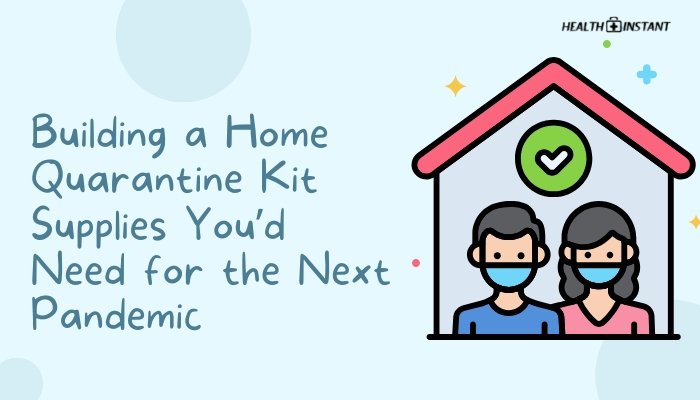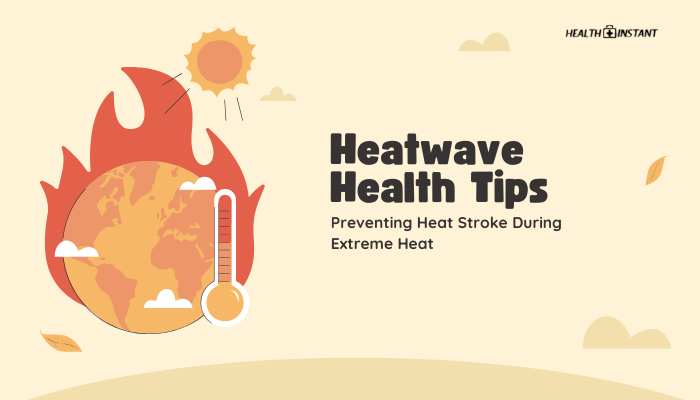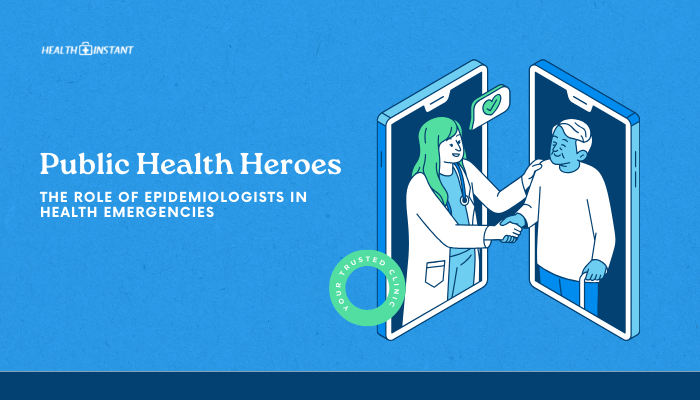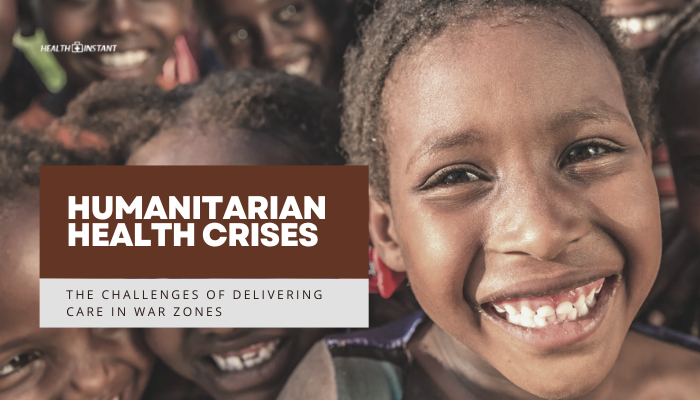Introduction
During outbreaks—such as a pandemic influenza or emerging virus—public health experts often emphasize the concept of “flattening the curve.” At its core, this approach aims to slow the infection rate so that daily case numbers stay below a threshold that overburdens healthcare systems.
This guide explains the meaning of flattening the curve, why it’s essential, and the measures both governments and individuals adopt to make it happen.
Understanding the Curve
In an outbreak scenario:
- Unrestricted Spread
- The infection curve (when plotted over time) can spike rapidly, causing a high daily number of new cases.
- The infection curve (when plotted over time) can spike rapidly, causing a high daily number of new cases.
- Healthcare Strain
- A steep spike means hospitals may not have enough beds, ventilators, or staff for severe cases.
- A steep spike means hospitals may not have enough beds, ventilators, or staff for severe cases.
- Flattened Curve
- Through interventions (e.g., social distancing, mask use), the rate of new cases grows more slowly over a longer period, lowering the daily peak.
- Through interventions (e.g., social distancing, mask use), the rate of new cases grows more slowly over a longer period, lowering the daily peak.
Essentially, flattening the curve redistributes cases over time, preventing a surge that overwhelms resources.
Why Flattening Matters in Outbreaks
- Healthcare System Capacity
- Balances patient influx, ensuring better care for those who develop severe complications.
- Balances patient influx, ensuring better care for those who develop severe complications.
- Resource Allocation
- Adequate protective equipment for healthcare workers, consistent oxygen or medication supplies.
- Adequate protective equipment for healthcare workers, consistent oxygen or medication supplies.
- Reduced Mortality
- Early detection and treatment for patients at risk lowers fatal outcomes.
- Early detection and treatment for patients at risk lowers fatal outcomes.
- Gives Time for Vaccines or Treatments
- Spreading cases out buys time for research, improved therapies, or vaccine rollout.
- Spreading cases out buys time for research, improved therapies, or vaccine rollout.
Key Strategies to Slow Transmission
- Social Distancing
- Avoiding large gatherings, increasing personal space in public areas.
- Avoiding large gatherings, increasing personal space in public areas.
- Masking
- Especially in indoor or crowded outdoor settings to reduce droplets spread.
- Especially in indoor or crowded outdoor settings to reduce droplets spread.
- Hand Hygiene
- Frequent washing or using sanitizers kills viruses on hands.
- Frequent washing or using sanitizers kills viruses on hands.
- Testing and Contact Tracing
- Identifying cases and isolating them, plus tracking close contacts to quarantine as necessary.
- Identifying cases and isolating them, plus tracking close contacts to quarantine as necessary.
- Targeted Lockdowns or Remote Work
- In dire scenarios, short-term closures or stay-at-home orders can help reduce contact rates drastically.
- In dire scenarios, short-term closures or stay-at-home orders can help reduce contact rates drastically.
Benefits for Healthcare Systems
- Fewer Surges
- Even if total cases remain similar over the outbreak, daily volumes stay manageable.
- Even if total cases remain similar over the outbreak, daily volumes stay manageable.
- Better Care Quality
- Doctors and nurses can provide more attentive care to each patient.
- Doctors and nurses can provide more attentive care to each patient.
- Less Burnout
- Healthcare professionals face fewer extremes of overcapacity or moral injury from turning away patients.
Challenges and Limitations
- Economic and Social Costs
- Measures like lockdowns slow infection but can affect businesses, mental health, and personal freedoms.
- Measures like lockdowns slow infection but can affect businesses, mental health, and personal freedoms.
- Population Compliance
- Success depends on broad public adherence to guidelines.
- Success depends on broad public adherence to guidelines.
- Variations in Virus Characteristics
- Highly contagious or evolving viruses can complicate flattening efforts.
- Highly contagious or evolving viruses can complicate flattening efforts.
- Healthcare Disparities
- Some communities might have fewer resources, needing targeted support.
Practical Tips for Individuals
- Adhere to Guidelines
- If asked to avoid large gatherings, do so, especially in high-transmission periods.
- If asked to avoid large gatherings, do so, especially in high-transmission periods.
- Maintain Protective Habits
- Keep practicing hygiene routines and keep up with recommended vaccinations if available.
- Keep practicing hygiene routines and keep up with recommended vaccinations if available.
- Stay Informed
- Follow credible sources for updates on local infection rates and health policies.
- Follow credible sources for updates on local infection rates and health policies.
- Support Others
- Check on at-risk neighbors or family, share reliable information, and volunteer if safe and possible.
Long-Term Implications
- Ongoing Vigilance
- Flattening the curve sets a model for future outbreaks—like new influenza strains or novel pathogens.
- Flattening the curve sets a model for future outbreaks—like new influenza strains or novel pathogens.
- Strengthened Public Health
- Crisis highlights the need for robust surveillance, hospital capacity, and global collaboration.
- Crisis highlights the need for robust surveillance, hospital capacity, and global collaboration.
- Community Awareness
- Widespread adoption of simple, everyday practices (masking, staying home when ill) can remain beneficial for other contagious diseases.
Conclusion
Flattening the curve stands for a community-driven approach to disease containment, balancing the spread of infections against healthcare capacity. By spreading cases out over time through social distancing, mask-wearing, testing, and contact tracing, societies mitigate the pressure on hospitals and reduce mortality.
Although these measures often come with social and economic challenges, they protect the greater population and allow healthcare providers to give the best possible care. As viruses and outbreaks evolve, these principles remain fundamental for saving lives and preserving vital healthcare resources.
References
- Centers for Disease Control and Prevention (CDC). (2021). Guidance on community mitigation measures.
- World Health Organization (WHO). (2020). Lessons learned from pandemic response.
- American Public Health Association (APHA). (2019). Historical perspectives on controlling disease spread.
- Johns Hopkins Center for Health Security. (2021). Modeling the impact of NPIs on disease transmission.
Disclaimer: This content is for informational purposes. Always consult local health authorities or reputable medical sources for specific guidelines on outbreak response.





